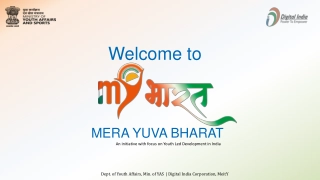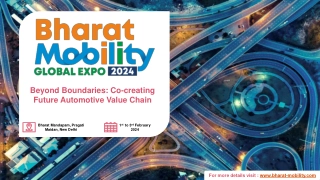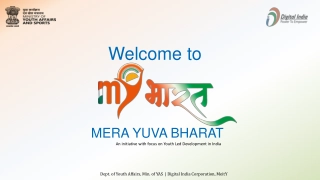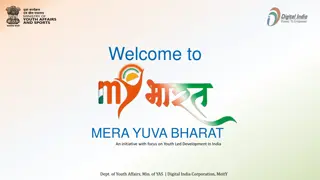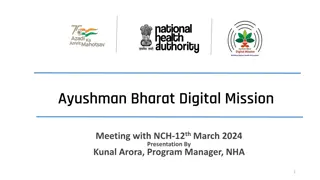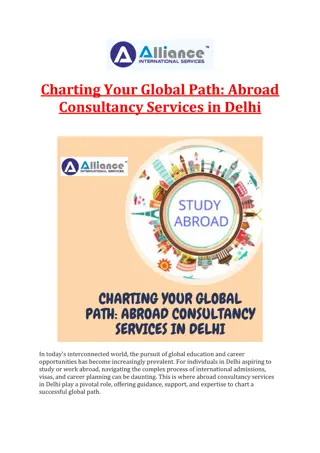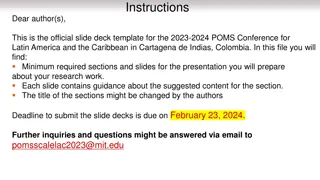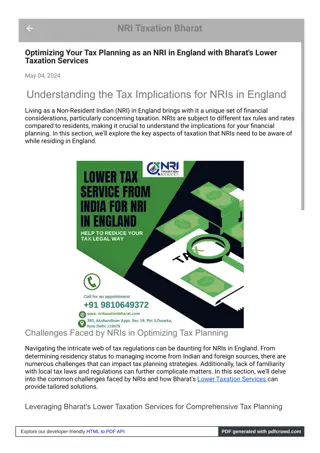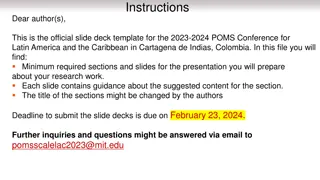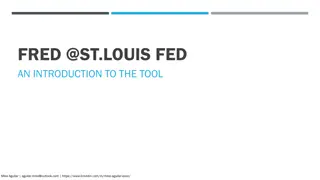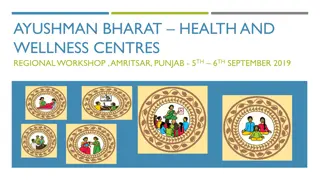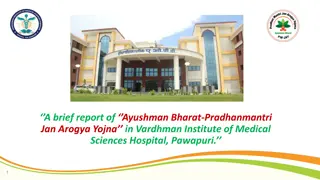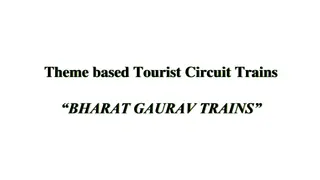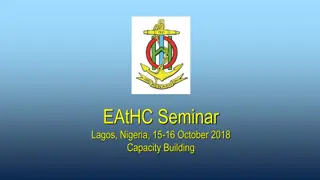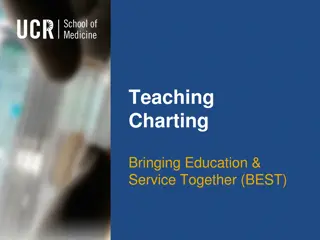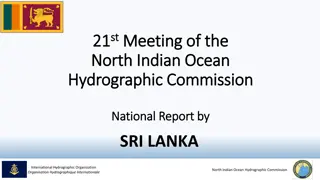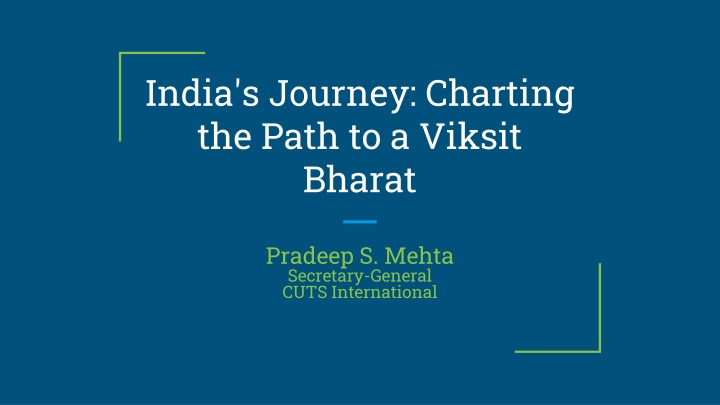
Journey to a Viksit Bharat: Charting India's Path to Economic Growth and Transformation
Explore India's remarkable journey from partition to becoming the fifth-largest economy globally. Learn about the economic, healthcare, education, and military reforms needed for a prosperous and sustainable future, as outlined by CUTS International.
Uploaded on | 2 Views
Download Presentation

Please find below an Image/Link to download the presentation.
The content on the website is provided AS IS for your information and personal use only. It may not be sold, licensed, or shared on other websites without obtaining consent from the author. If you encounter any issues during the download, it is possible that the publisher has removed the file from their server.
You are allowed to download the files provided on this website for personal or commercial use, subject to the condition that they are used lawfully. All files are the property of their respective owners.
The content on the website is provided AS IS for your information and personal use only. It may not be sold, licensed, or shared on other websites without obtaining consent from the author.
E N D
Presentation Transcript
India's Journey: Charting the Path to a Viksit Bharat Pradeep S. Mehta Secretary-General CUTS International
About CUTS CUTS is an independent, nonpartisan, nonprofit think tank dedicated to improving the regulatory environment through evidence-based policy and governance across sectors. Over 40 years, it has grown from a consumer-focused group in Jaipur, with centres in Delhi and Kolkata, to establishing Resource Centres in Vietnam, Kenya, Zambia, Ghana, USA and Switzerland. Through its research and advocacy work, it has placed consumer welfare in the centre of economic governance regimes in the Global South, thus promoting economic democracy. CUTS represents public interest to governments via its programme centres (CITEE, CART, CHD, and CCIER). It is a leader in developing trade and development regimes in developing countries, having studied policies and practices in 121 nations of the Global South and published key reports.
Introduction India has had a remarkable journey from partition Now it is the fifth-largest economy in the world in absolute terms and third largest on a purchasing power parity basis. Current reforms must create a prosperous, inclusive and sustainable future
Human capital Healthcare Current public infra below standards Healthcare budget must be increased from 1.9% to 5% of GDP Emphasis on preventive care instead of curative care Shortage of doctors Education Quality concerns Decline in total student numbers Shift curriculum to experiential learning Skills Expand vocational training Strengthen industry-academia links
Economic reforms Economic reforms 2.0 -a follow-up to 1991, focusing on competitiveness, inclusivity, innovation Simplified labour codes for formal sector growth MSME credit gap of 20-25 trillion rupees should be addressed Foster private and defence sector partnerships
Defence & Military Reforms As 2025 is called as the year of Defence Reforms Elevating Rajasthan as a major player in defence manufacturing Enhancing the integration and capacity-building of Army personnel with modern technologies, particularly Artificial Intelligence (AI) Advocate for closer collaboration between the Army and civil sectors, such as disaster management, infrastructure development, and education in border regions, to uplift remote communities and contribute to holistic national progress. Increased role of Military personnel in the CSOs and NGOs for better discipline and coordination
Green Growth Governance reforms Climate change and extreme weather events Impacts agriculture, infra, health Renewable energy Aim for aggressive transition Carbon pricing Competitiveness, fiscal sustainability and green growth Centre-state collaboration must be strengthened Binds all reforms Civil services transformation Domain expertise must be emphasised AI and blockchain technology Transparency and efficiency
Social Infrastructure Planned urbanisation and rural empowerment Urban innovation and affordable housing Sustainable transport Linked with increasing GDP Rural Development Lessons can be taken from rural road network Piped water and electricity needs to be boosted Non-farm economic activities must be prioritised
Implementation Carefully phased approach: Building infrastructure Transformation in economic and environmental reforms Optimisation and best standards Social cohesion Addressing societal divides Celebrate Indian Pluralism Political consensus Cooperative federalism Collaboration between Centre and States Shared frameworks Sabka Saath, Sabka Vikas, Sabka Vishwas, Sabka Prayas Collective participation, prosperity and trust Moral philosophy can guide us towards Viksit Bharat
Concluding remarks Vision for a prosperous, sustainable, strong and equitable India. Collective efforts essential for success. Call for non partisan dialogue and commitment to transformation.
Thank you! Contact us: CUTS International D 217,Bhaskar Marg,BaniPark,Jaipur,India -302016 +91 141 2282821 cuts1@cuts.org https://www.cuts-international.org

